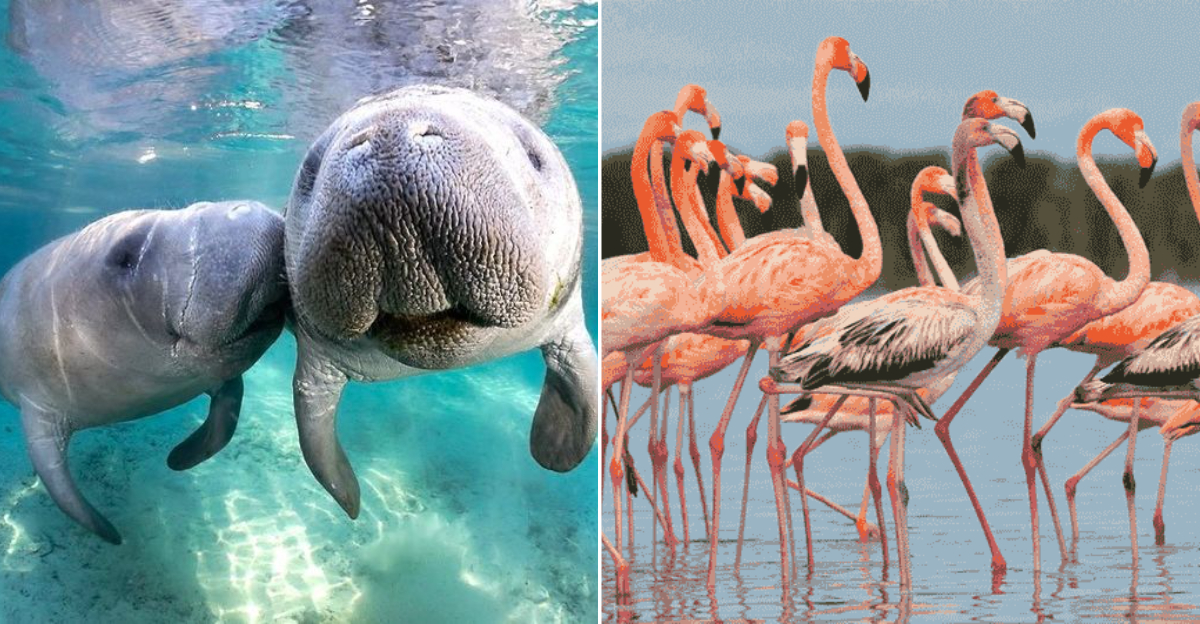Florida’s wild side is bursting with creatures both familiar and surprising, from sun-loving turtles to colorful birds that brighten the skies.
While many native animals are easy to spot, some rare residents quietly thrive in hidden corners, making every encounter feel like a special discovery.
This diverse cast reminds us that the Sunshine State is more than beaches and theme parks—it’s a vibrant ecosystem full of wonder, surprises, and stories waiting to be told.
1. American Alligator: Florida’s Prehistoric Icon
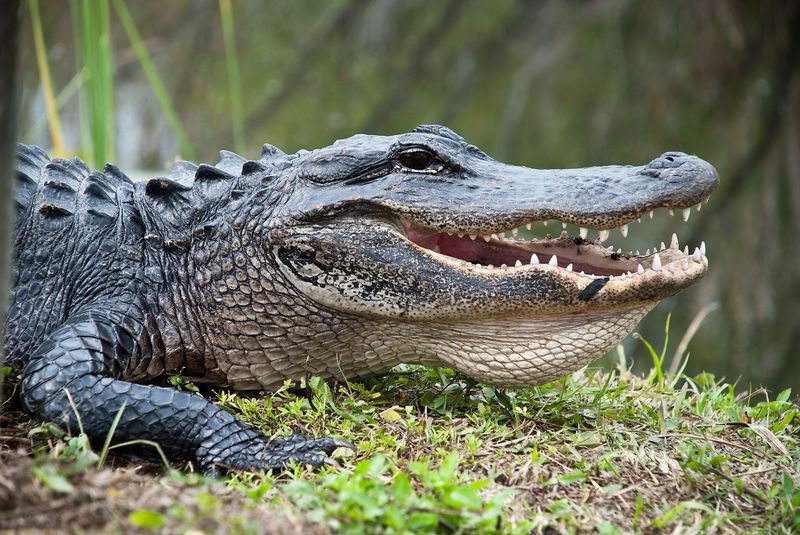
Lurking in freshwater marshes with only their eyes and nostrils visible, these armored reptiles have remained virtually unchanged for 200 million years.
Alligators can grow up to 15 feet long and weigh over 1,000 pounds! Masters of stealth, they patiently wait for prey before lunging with lightning speed.
Despite their fearsome reputation, they’re actually vital ecosystem engineers, creating “gator holes” that provide water for countless other species during droughts.
2. Florida Panther: The Elusive State Animal

Ghostly shadows in the wilderness, fewer than 200 of these magnificent big cats remain in the wild. Their tawny coats and piercing eyes make brief appearances in remote forests and swamps of South Florida.
Hunting primarily at night, panthers require vast territories to survive. Each cat needs up to 200 square miles of connected habitat!
Conservation efforts have helped their numbers increase from just 20-30 individuals in the 1970s to today’s still-precarious population.
3. Florida Black Bear: Forest Gentle Giant
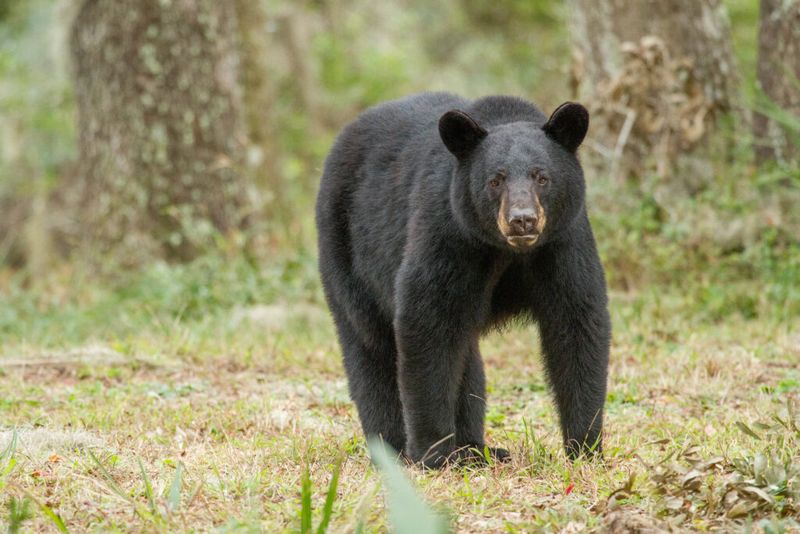
Roaming through pine flatwoods and swamps, these chocolate-colored bears are smaller than their northern cousins but still impressive at 300 pounds.
Berry-stained muzzles betray their favorite summer treats! Contrary to popular belief, Florida black bears rarely hibernate due to mild winters.
They’re incredibly smart with excellent memories, especially for food sources. Cubs stay with their mothers for about 18 months, learning crucial survival skills before venturing out on their own.
4. Manatee: Gentle Sea Cows of Crystal Rivers
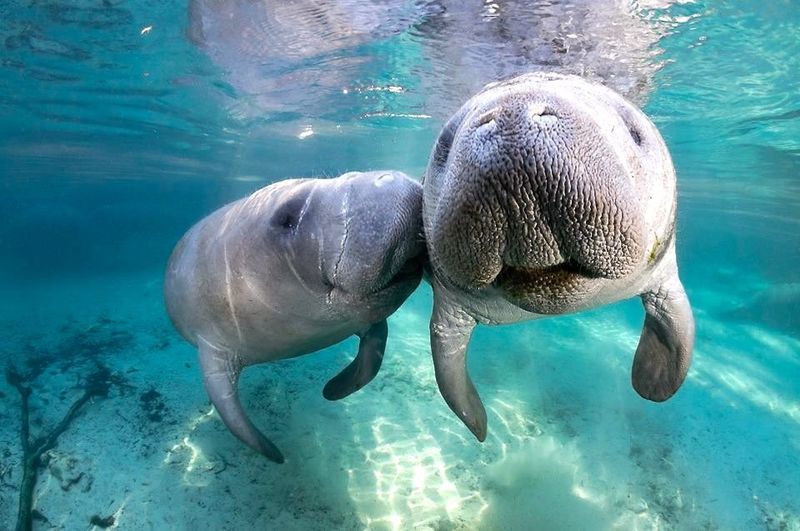
Gliding through warm waters like underwater blimps, these peaceful giants can weigh over 1,000 pounds yet move with ballet-like grace.
Their wrinkled faces and whiskers give them an almost grandfatherly appearance. Manatees must surface every few minutes to breathe, creating a distinctive snorting sound.
During winter, they gather by the hundreds at natural springs where water remains a constant 72 degrees. Despite having no natural predators, boat strikes remain their greatest threat.
5. Roseate Spoonbill: Nature’s Pink Masterpiece
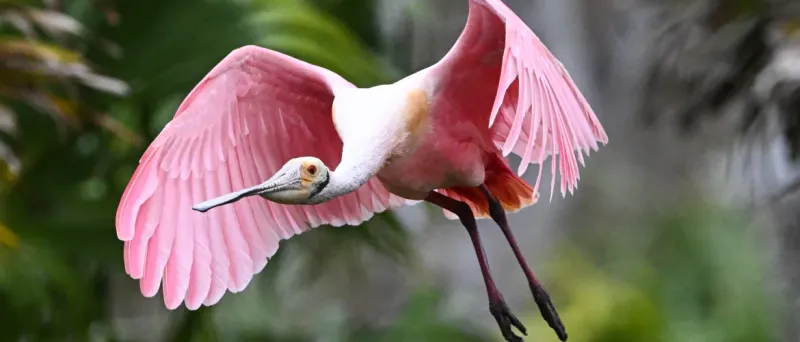
Wading through shallow waters on stilt-like legs, these flamingo-like birds dazzle with cotton-candy pink plumage that intensifies as they age.
Their most distinctive feature? A spatula-shaped bill used for specialized feeding. Sweeping their unique spoon-shaped bills side to side through muddy water, they detect tiny prey by touch rather than sight.
Colonial nesters, they build stick nests in mangroves alongside other wading birds. Their striking color comes from carotenoid pigments in the crustaceans they consume.
6. American Flamingo: The Comeback Kid
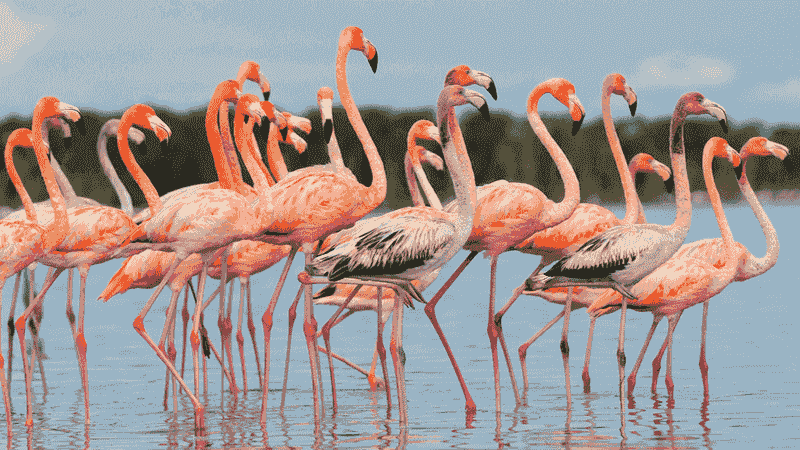
Once thought extirpated from Florida’s wild places, small flocks of these iconic pink birds have mysteriously reappeared in recent years. Their backward-bending knees are actually ankles – flamingos stand on their tiptoes!
Filter-feeders extraordinaire, they strain tiny organisms from shallow water by turning their heads upside down. Their specialized bills work like living sieves.
Young flamingos are actually born gray, only developing their signature pink hue after consuming a steady diet of carotenoid-rich foods.
7. Bobcat: The Backyard Hunter
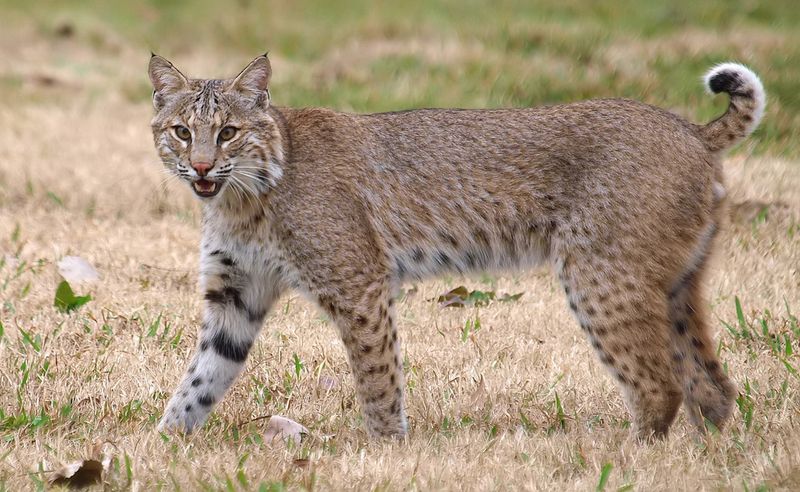
Melting into dappled shadows with supernatural stealth, these spotted felines are far more common than most Floridians realize. Twice the size of house cats but with stubby “bobbed” tails, they thrive even in suburban areas.
Supreme hunters, bobcats can pounce over 10 feet to catch prey! They’re crepuscular, meaning they’re most active at dawn and dusk.
Highly adaptable, these medium-sized wildcats have expanded their territories while larger predators have declined, filling crucial ecological niches throughout Florida.
8. Eastern Indigo Snake: The Gentle Giant
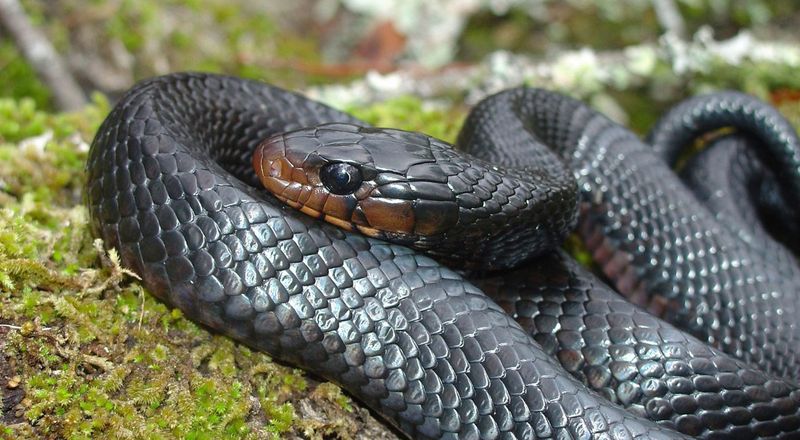
Slithering through sandhills and pine forests, these glossy blue-black serpents are North America’s longest native snake, reaching an impressive 8 feet!
Their iridescent scales shimmer with subtle rainbow hues in bright sunlight.
Despite their intimidating size, indigos are surprisingly docile around humans. These non-venomous constrictors feed on almost anything, including venomous rattlesnakes!
Protected as a threatened species, they depend on gopher tortoise burrows for shelter during extreme weather and winter months.
9. Gopher Tortoise: The Underground Architect
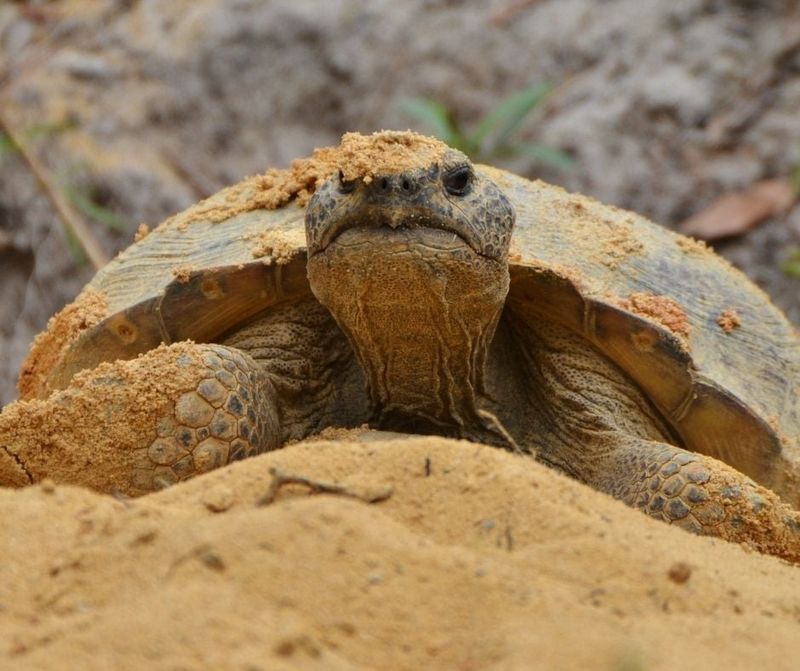
Plodding deliberately across sandy habitats, these terrestrial turtles create elaborate burrows that can extend 40 feet long and 10 feet deep! Their shovel-like front legs are perfect digging tools.
True ecosystem engineers, a single tortoise burrow provides shelter for over 350 other species! From owls to indigo snakes, countless creatures depend on these underground havens.
Gopher tortoises can live 40-60 years, slowly munching on low-growing plants and carefully tending their architectural masterpieces throughout their long lives.
10. Eastern Gray Squirrel: Acrobatic Tree Dweller
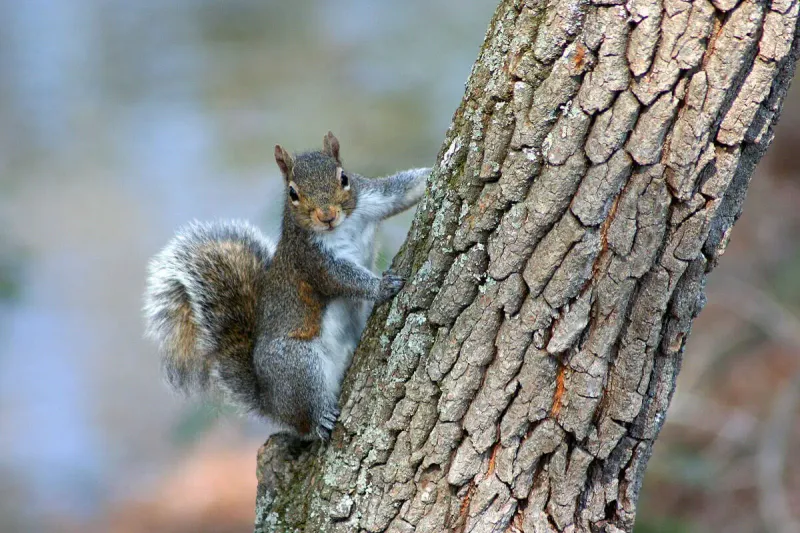
Performing gravity-defying leaps between treetops, these bushy-tailed acrobats are Florida’s most visible wildlife. Their remarkable spatial memory allows them to recover thousands of buried nuts months later!
Master gardeners without even trying, squirrels forget about 30% of their buried treasures, effectively planting trees across the landscape.
Their ankles can rotate 180 degrees, allowing them to descend trees headfirst. Despite their seemingly carefree antics, these clever rodents maintain complex social hierarchies within their communities.
11. Northern Cardinal: The Crimson Songster
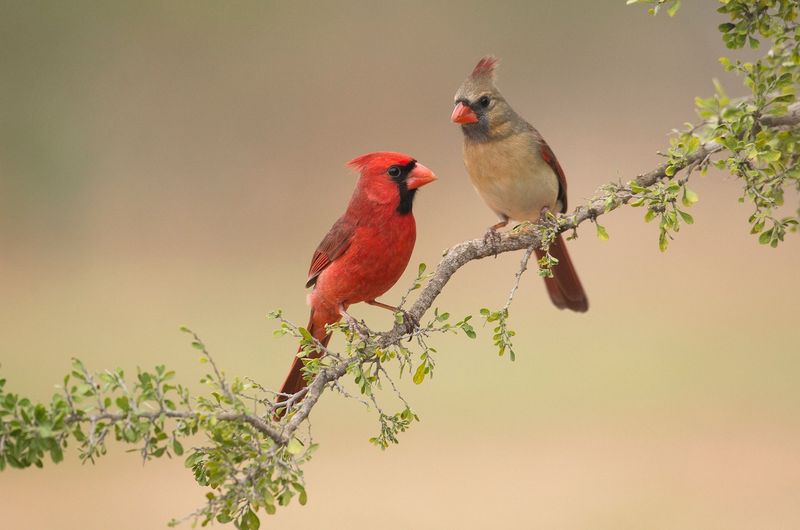
Flashing brilliant red against green foliage, male cardinals defend territories with rich whistled songs throughout the year. Females, though more subtly colored in olive-brown with red accents, sing equally beautiful tunes.
Among the few songbirds where females also sing regularly, cardinal pairs often duet together during courtship.
These beloved birds mate for life and stay in Florida year-round. Unlike many songbirds, they feed their babies insects and seeds rather than just insects, simplifying their parenting duties.
12. Red-shouldered Hawk: Woodland Sentinel

Announcing their presence with piercing “kee-aah” calls, these striking hawks patrol Florida’s hammocks and swamp edges with keen yellow eyes.
Their rusty-red shoulders give them away as they perch on prominent branches. Unlike many raptors that soar high overhead, red-shouldered hawks hunt from perches within the forest canopy.
They’re incredibly loyal to territory, with some pairs using the same nesting area for over a decade! Florida’s subspecies is notably more colorful than northern populations.
13. Key Deer: Miniature Island Dwellers
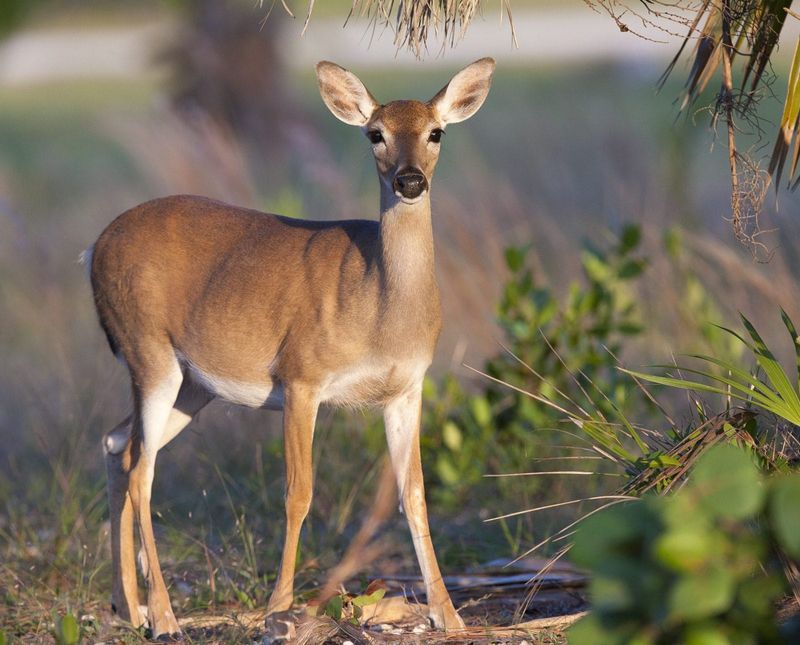
Standing barely knee-high to humans, these pint-sized deer evolved their diminutive stature due to island isolation. Found only in the Florida Keys, they’re perfectly adapted to limited resources in their unique habitat.
Excellent swimmers, Key deer island-hop through shallow waters between keys. Despite their small size (just 60-80 pounds), they’re actually the same species as white-tailed deer!
Once down to just 25 individuals in the 1950s, conservation efforts have helped their population recover to around 800 today.
14. Key Largo Woodrat: Architectural Rodent
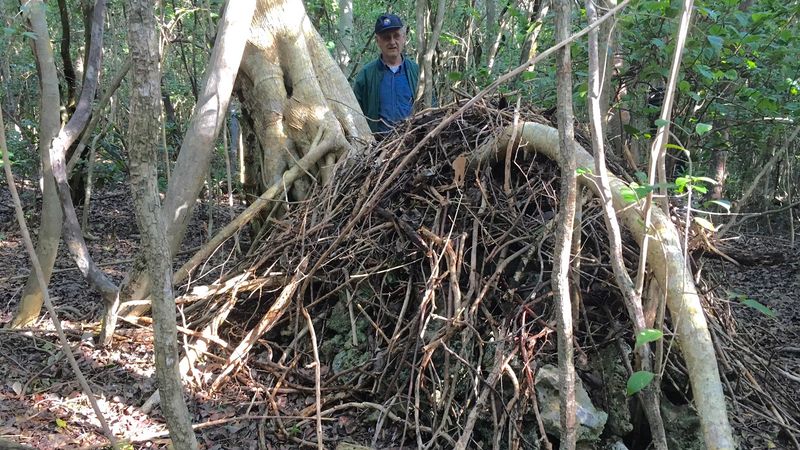
Building impressive stick houses up to 3 feet tall, these rare nocturnal rodents are master collectors of forest treasures.
Their elaborate homes feature multiple chambers and entrances, showcasing surprising engineering skills.
Found only in a tiny patch of hardwood hammock on northern Key Largo, fewer than 500 remain in the wild. Unlike common rats, these native woodrats have furry tails, big ears, and large eyes.
They meticulously decorate their stick houses with colorful found objects – shells, bottle caps, and even discarded toy soldiers!
15. Florida Grasshopper Sparrow: Tiny Prairie Vocalist
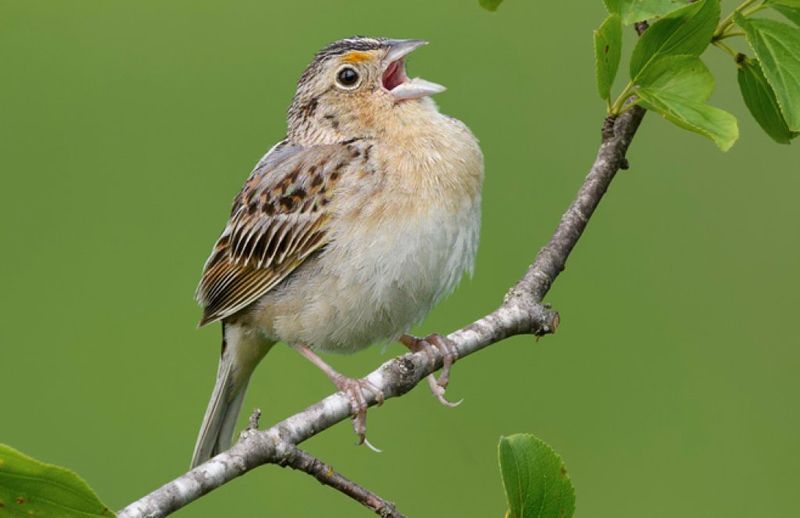
Belting out insect-like songs from perches in native grasslands, these critically endangered birds are smaller than a credit card yet possess voices that carry across the prairie.
Their cryptic brown-streaked plumage makes them nearly invisible against dry grasses. With fewer than 100 breeding pairs remaining in the wild, these diminutive sparrows represent one of America’s most endangered birds.
They’re completely dependent on Florida’s vanishing dry prairie habitat. Unlike most songbirds, they build their nests directly on the ground, hidden beneath protective grass clumps.
16. Miami Blue Butterfly: Dime-sized Marvel
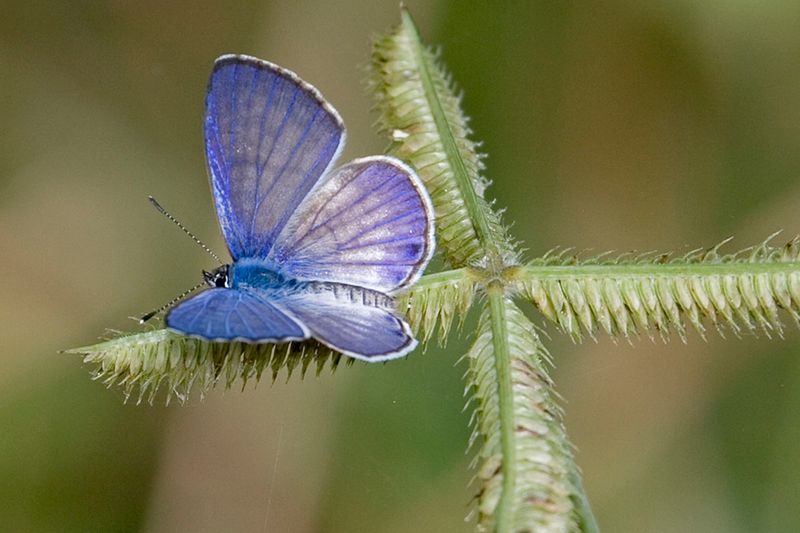
Fluttering delicately on tiny wings of iridescent azure, these endangered butterflies once graced coastal areas throughout Florida but now cling to existence on a few remote keys.
Males display brilliant blue upperwings while females show more subdued coloration. Among North America’s most imperiled insects, fewer than 100 individuals may remain in the wild.
Their caterpillars form fascinating symbiotic relationships with certain ants, which protect them from predators in exchange for sweet secretions. Conservation breeding programs offer hope for their survival.
17. Florida Ziziphus: The Mystery Plant
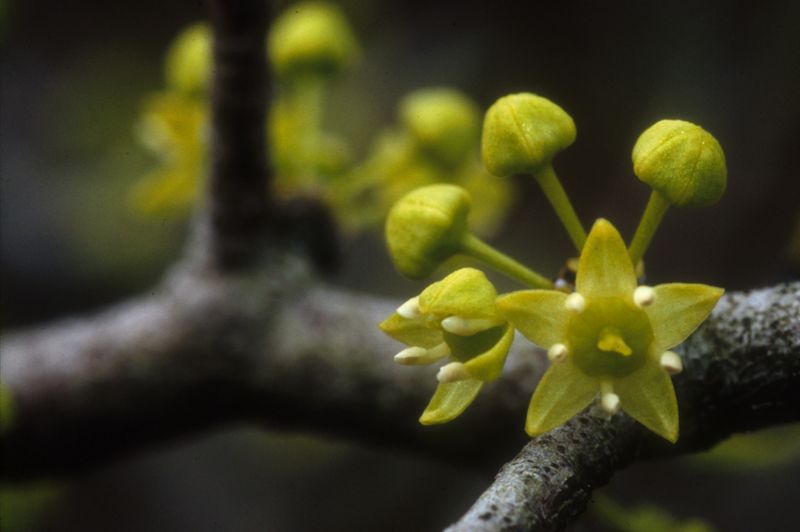
Bearing thorny branches and small yellowish flowers, this critically endangered shrub remained hidden from science until 1985!
Only seven wild populations exist, all in Central Florida’s ancient scrub habitat on the Lake Wales Ridge.
Scientists were baffled when years of conservation efforts produced no seedlings – until they discovered the plants are self-incompatible.
Each plant needs genetically different partners to reproduce successfully. Wild plants are all clones of just a few individuals! Ongoing recovery efforts include careful cross-pollination between different genetic strains.
18. American Crocodile: Southern Specialist
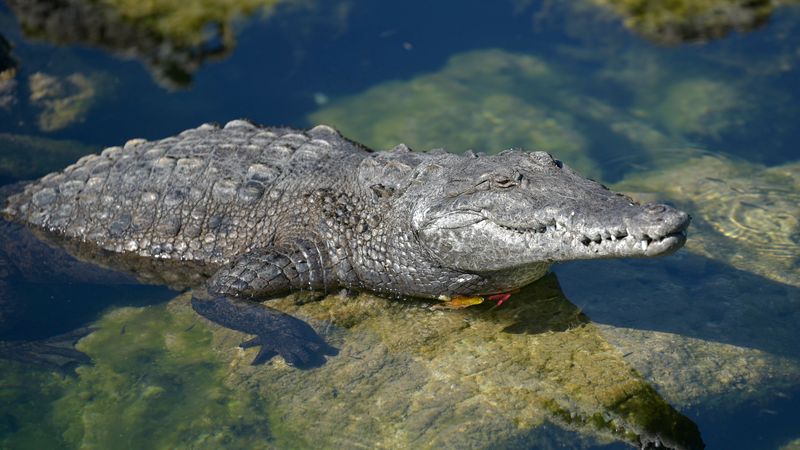
Patrolling the southernmost mangrove swamps and coastal waters, these massive reptiles differ from their alligator cousins with narrower snouts and visible lower teeth.
Their incredible salt tolerance allows them to venture into marine environments where alligators cannot survive.
Once on the brink of extinction with fewer than 300 individuals, Florida’s crocodile population has rebounded to over 2,000 today.
Far more shy and wary than alligators, they rarely interact with humans. Female crocs are devoted mothers, guarding their nests fiercely and gently carrying hatchlings to water in their fearsome jaws.
